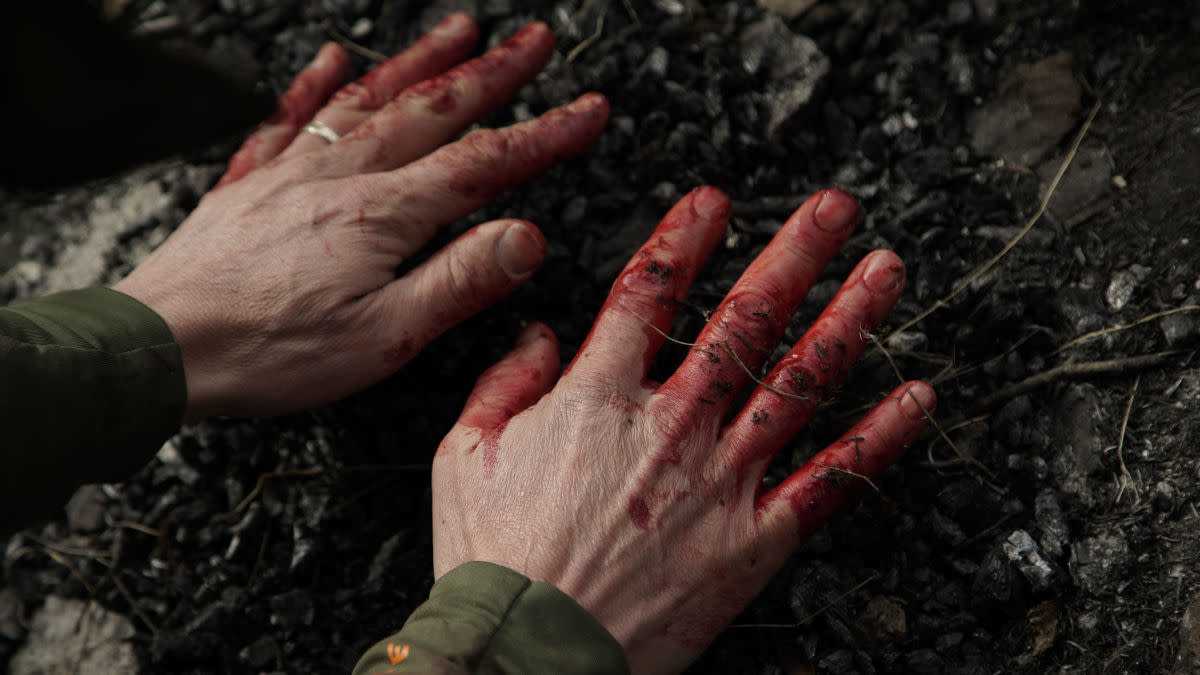
In our new series, Ask a Warden, we’ll be interviewing officers from across the country to learn about their role in protecting our game, fish, and other resources. In this edition, we asked officers from Minnesota, West Virginia, and Arizona what injury they deal with most is.
I’ve buried hooks in my hands and slipped coming out of treestands, but nothing has warranted a 911 call yet. Odds are if something did happen, a warden would be the best equipped to respond. I hope I never need the assistance of one of these fine men, but here’s the most likely way we would meet.
Officer Keith Bertram | Minnesota Department of Natural Resources
“I’ve encountered a variety of injuries during my career, including some fatal injuries from ATV accidents and gunshot wounds. Luckily, those are not common. The most common injuries I see are cuts and stab wounds from things like filleting fish, field dressing deer, and handling equipment like broadheads and fishhooks. I even cut my own hand open one time on the claw of a dead fisher.
“I’ve played Dr. DNR several times with a Leatherman tool and roll of medical tape. Being prepared with a small first aid kit in your pack or tackle box can go a long way. Like I said, severe injuries aren’t common, but whether they’re severe or minor, most injuries have one thing in common: The person is rushed and doing something too fast. If you are about to do any potentially dangerous activity, take your time and be safe.”
Officer Chris Fitzwater | West Virginia Division of Natural Resources
“The most common injuries that I see in the field are related to treestands. Since most hunters are using some type of elevated hunting platform throughout multiple seasons, falls are regular calls. This can range from summer when people are hanging stands to in-season when hunters fall after taking a shot. The result is often broken bones, but sometimes even fatalities.
“This is why we stress the importance of proper use of fall arrest systems, lifelines, and lineman belts while teaching our hunter education courses. It’s surprising the number of students in the classes that do not use the precautions. One’s life is priceless in comparison to the minimal cost of treestand safety equipment.”
Officer Matt Braun | Arizona Game & Fish Department
“Injuries resulting from off-highway vehicle and boat accidents are what we run into the most. My first day in the field, my training officer and I responded to a Jeep vs. quad accident on Saguaro Lake. We could respond quicker on our patrol boat than anybody in a 4×4, so we arrived on scene right behind a county deputy on a boat. Fortunately, we were able to call in a helicopter to airlift out the victim, who had a broken femur, instead of subjecting her to a bumpy boat ride back to the marina.
“We do see some hunting-related accidents, mostly during quail and dove season. Arizona isn’t as crowded with hunters like Eastern states, so I think that mitigates a lot of hunter-on-hunter accidents.”



